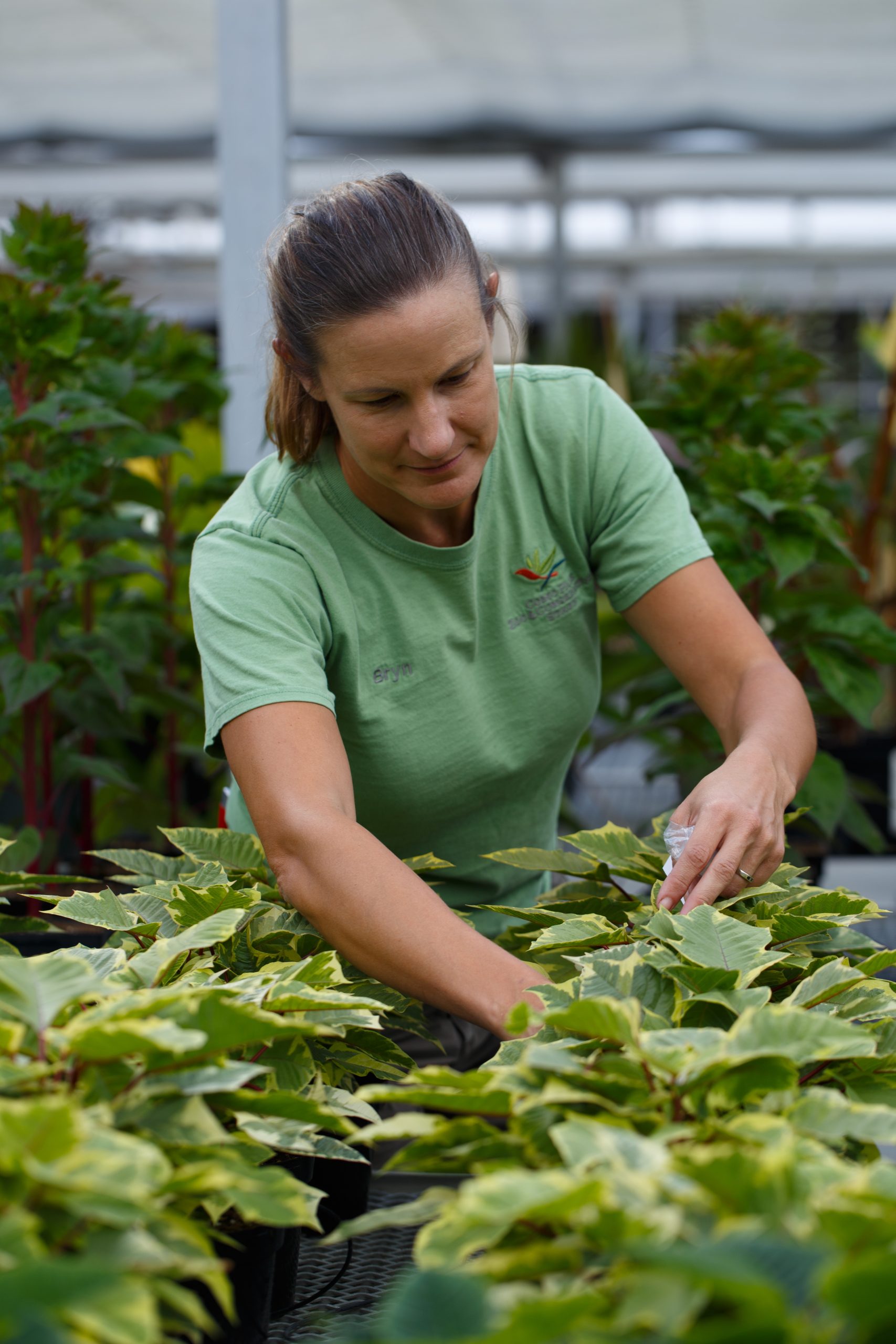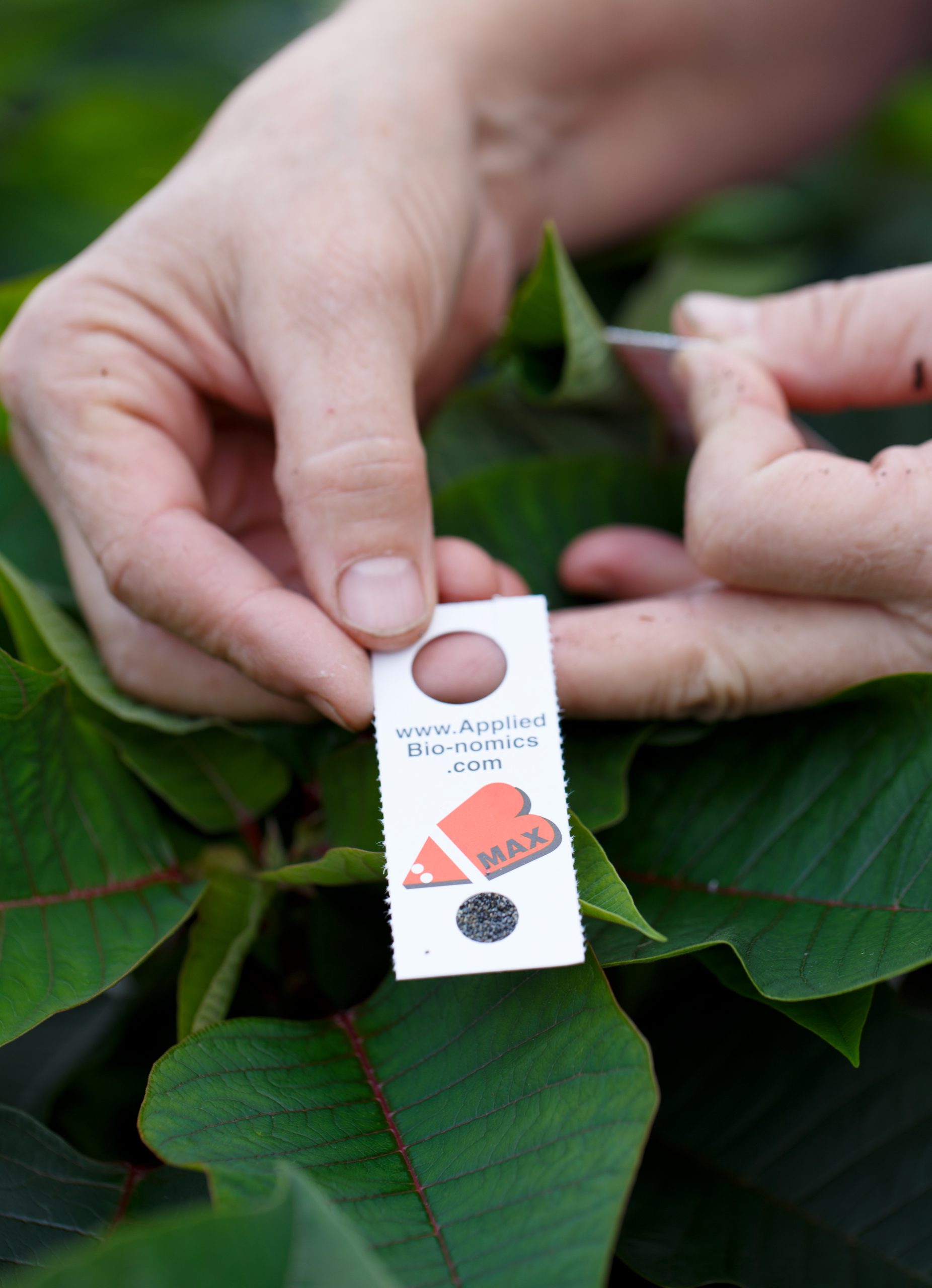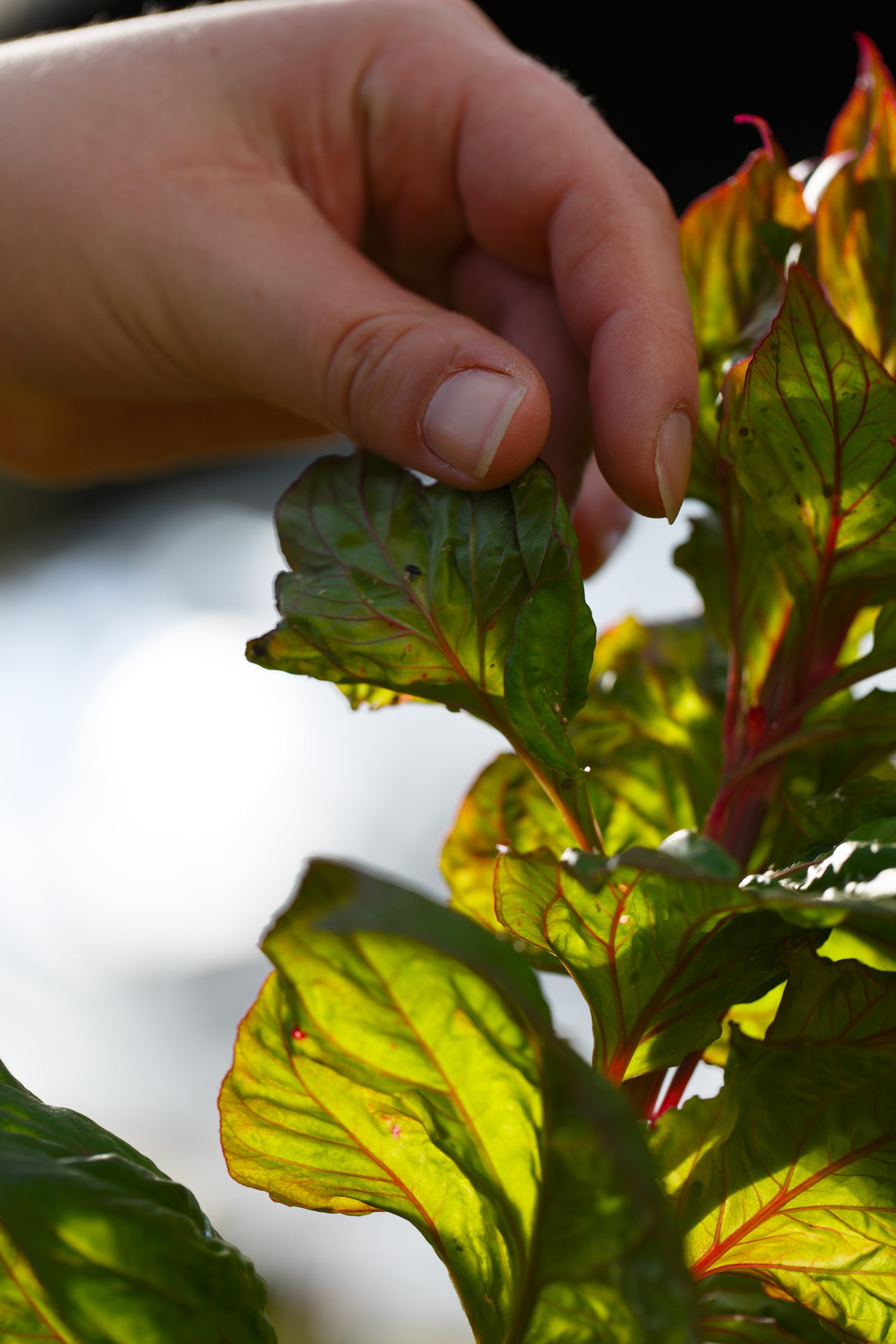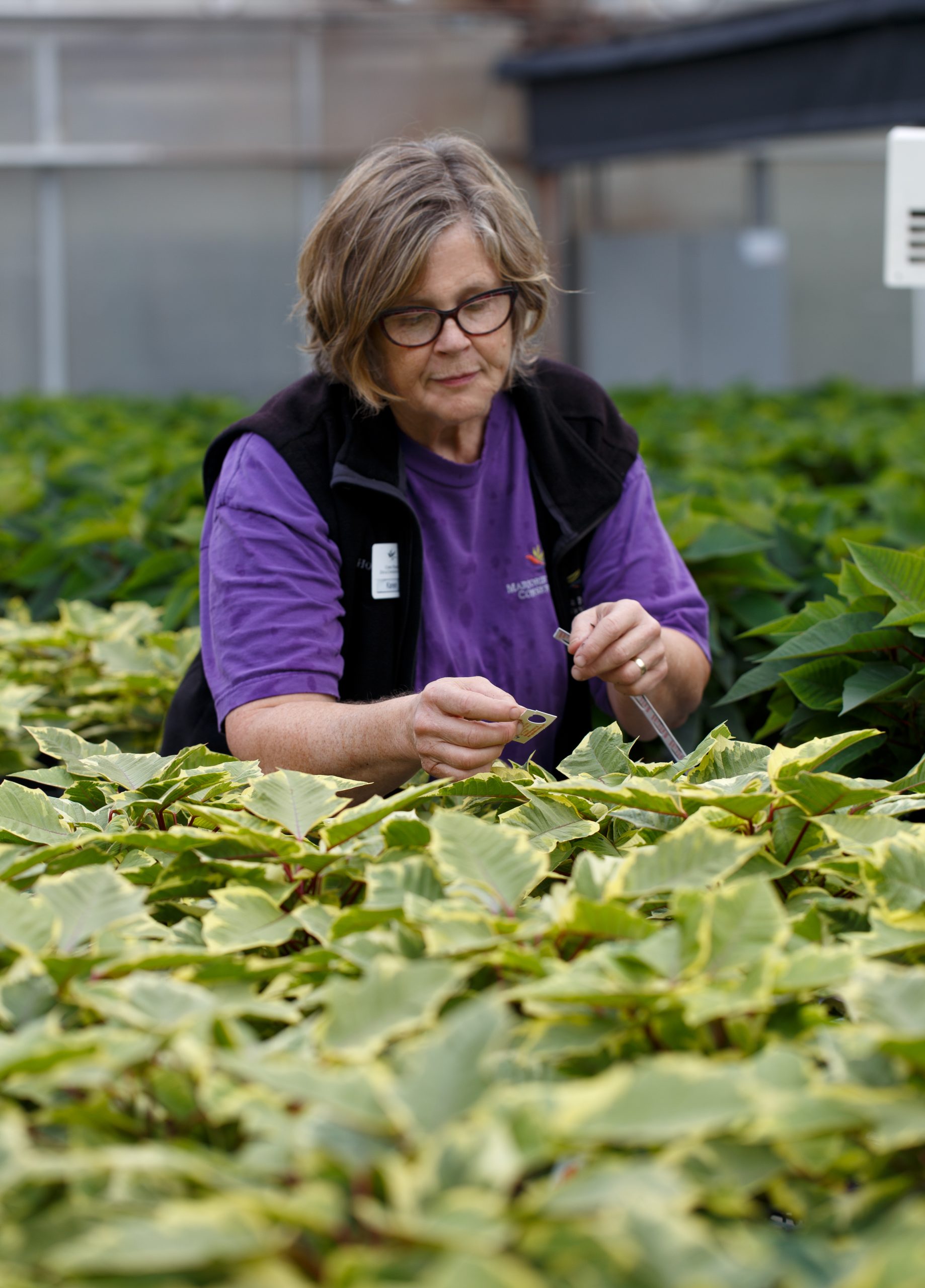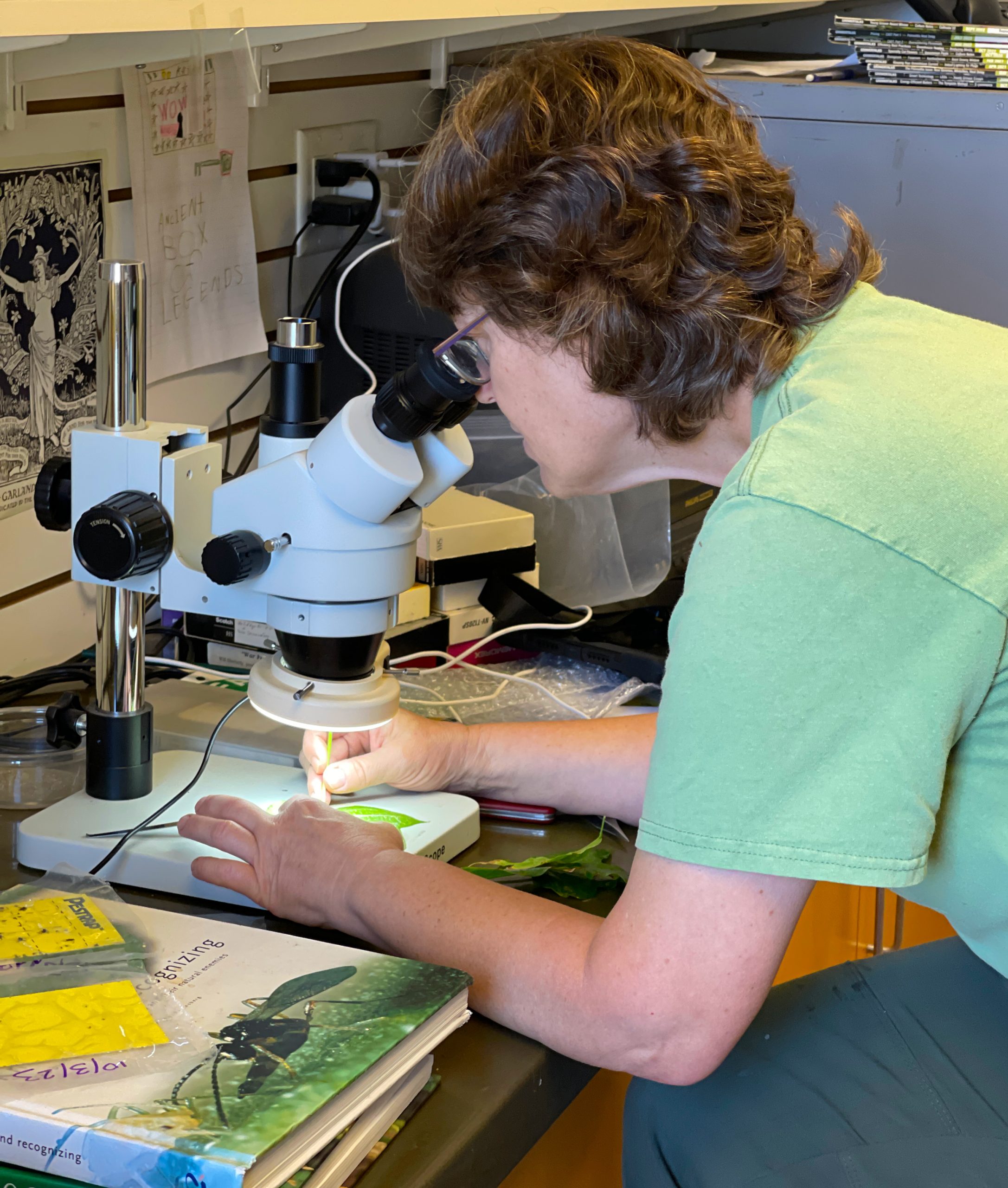With chrysanthemums playing the starring role in this season’s Fall Flower Show, it’s a guarantee that thrips will also be part of the cast.
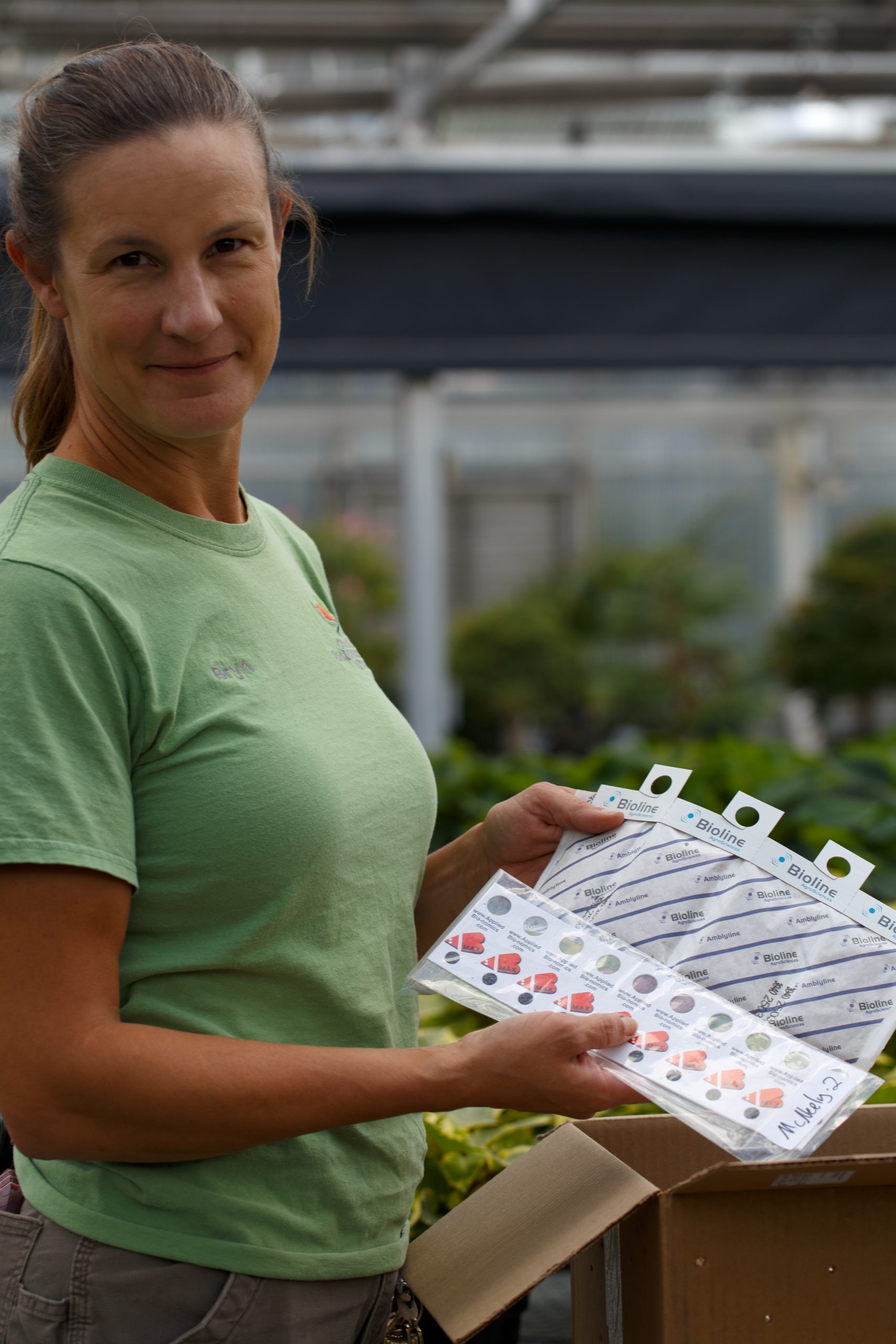
Also known to gardeners as thysanoptera or thunderflies, these needle-thin sucking insects love to feed on mums, causing damage to plants, or worse, transmitting viruses from one plant to the next.
Fortunately, Como’s horticulturists have a tiny but mighty weapon to keep thrips from ruining the show. Known as the cucumeris mite, this half-millimeter predator insect has just been deployed throughout the mum crop destined for the second half of the Fall Flower Show. With an appearance like that of a transparent wood tick, and the ability to prey on thrips and survive on plant pollen, these super small super predators play an important role in the Marjorie McNeely Conservatory’s Integrated Pest Management plan.
“People sometimes think that spraying pesticides is the only way to control pests, but integrated pest management is an approach that combines anything you might do to make a plant healthier, from the condition of the soil it’s growing in, to your nutritional program, to how you’re pruning the plant,” explains Como horticultural supervisor Bryn Fleming. While Como has been a low-pesticide growing facility for decades, Fleming says, “our reliance on beneficial insects has increased more recently,” as the gardening industry embraces more sustainable ways to manage greenhouses and gardens.
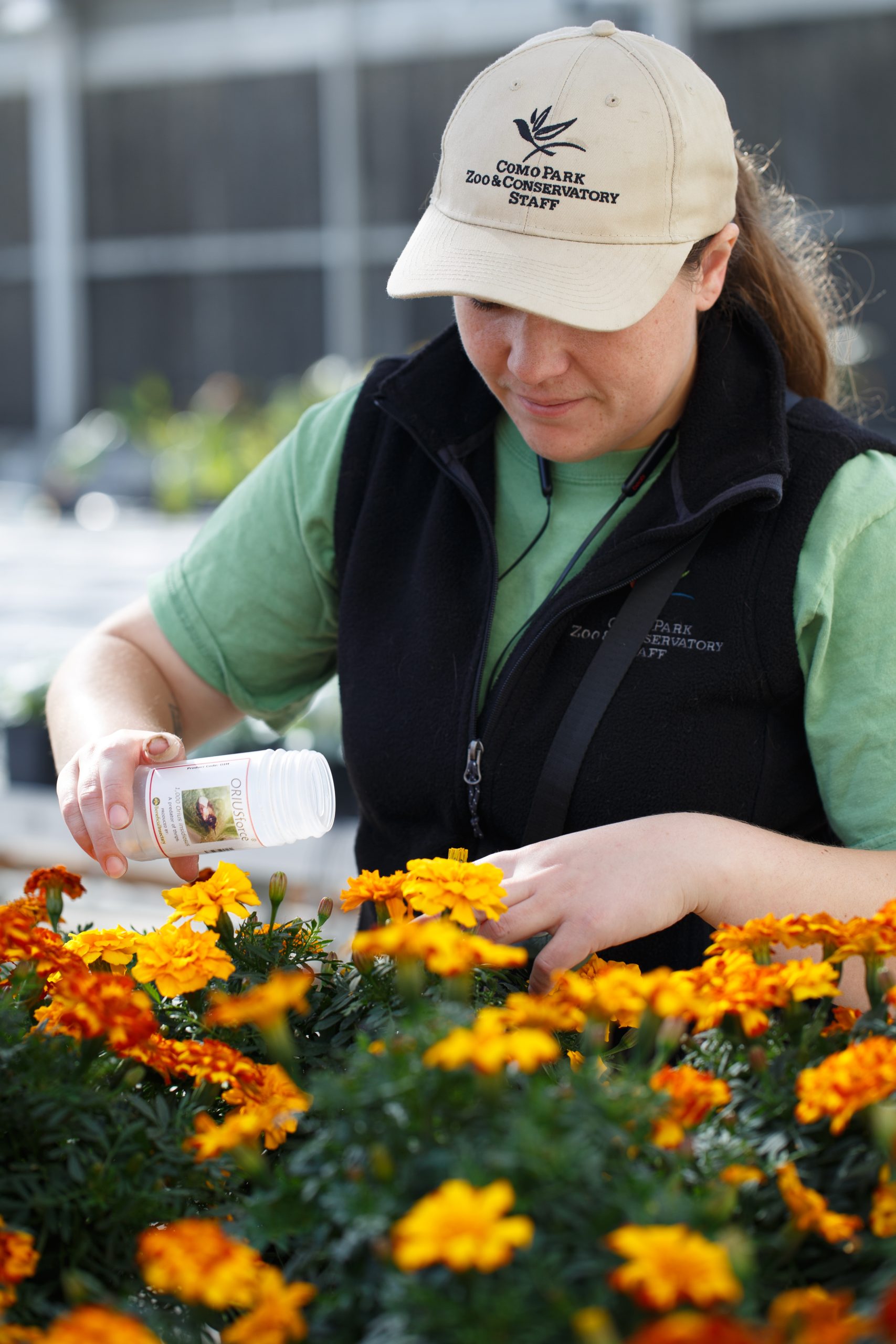
While beneficial bugs show great promise in cutting the use of pesticides, monitoring how well predator insects perform can be time consuming and complex. What’s the right dosage of beneficial insects for a particular plant or crop? How do shifts in such inputs as light, water or temperature affect the efficacy of beneficial bugs? Are some pest predators better than others?
To help answer those questions, the Marjorie McNeely Conservatory is now equipped with a new integrated pest management scouting system called IPM Scoutek. Made possible by your support for Como Friends, this new digital technology tracked on a tablet allows horticulturists to collect data from greenhouses and gardens to make even more informed decisions about how to care for crops and manage pests.
“This technology is used by large-scale growers who are producing bigger agricultural crops, but is also used for nursery or floriculture production.” says Horticulturist Jen Love, who recently shared news about Como’s software scouting system during an American Public Gardens Association symposium at the Franklin Park Conservatory and Botanical Gardens in Columbus, Ohio. “As far as we know, as a public garden the Marjorie McNeely Conservatory is an early adopter trying this approach, and there’s a lot of interest from other institutions in seeing how this process works. If it’s successful, it’s a model we can share with other botanical gardens.”
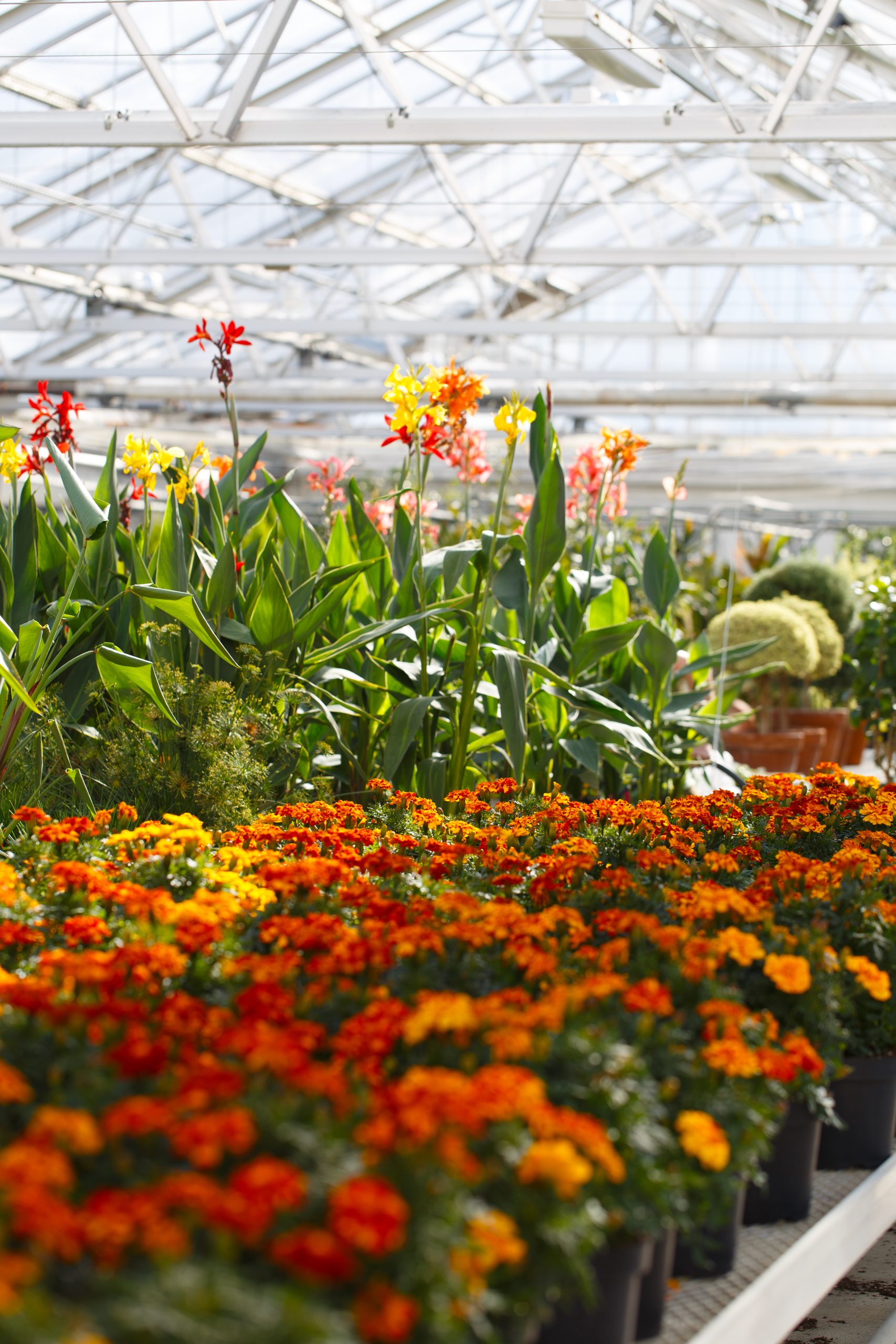
As Como’s horticulturists discover what digital technology can do for pest management, Fleming says the Conservatory’s early adopters are already impressed by what they’ve seen. “I think this software is going to help us to keep track of things at a much closer level, so when problems come up we can respond to them even sooner,” she says. “To care for a living collection requires constant adaptation, and this technology will help us be a little more proactive than reactive.”
